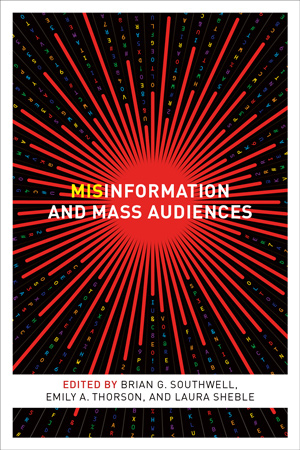Consumer Product Misinformation: What To Do About It?

Graham Bullock recently published a chapter on “How to Counteract Consumer Product Misinformation” in an edited volume from the University of Texas Press, Misinformation and Mass Audiences. Framing the discussion with the example of Volkswagen’s fraudulent claims related to its vehicles’ gas mileage, the chapter presents a conceptual framework outlining five primary mechanisms for counteracting misinformation that builds on insights from the academic literature. These include bans, taxes, counter-advertising, and self-regulation.
Bullock then analyzes six different types of institutions that utilize these mechanisms to protect the interests of consumers and combat misinformation in the marketplace. These include “market facilitators,” “market editors,” “democratic organizers,” “experts and advocates,” and “club coordinators,” the “people’s representatives.” Examples of organizing fulfilling these institutional functions include for-profit companies such as Yelp and Walmart, non-profit organizations such as Consumers Union and the Council of Better Business Bureaus, and government agencies such as the Federal Trade Commission and the Consumer Product Safety Commission.
The chapter concludes with a discussion of ways in which a more aggressive, holistic, and creative approach to counteracting misinformation about consumer products can complement these existing institutions. Bullock describes how a comprehensive database of reliable product information, an annual report on “The State of the Nation’s Products,” and an extensive education program about product misinformation for both marketers and consumers would be critical components of such an approach to improving the quality of product information available to the general public.
 Sustainability Information Laboratory
Sustainability Information Laboratory